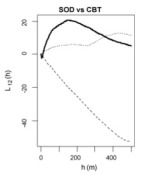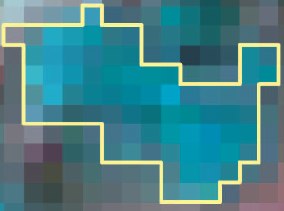Oakmapper: citizen science, webGIS, and volunteered information
 Thursday, April 28, 2011 at 2:52PM
Thursday, April 28, 2011 at 2:52PM Connors, J., S. Lei and M. Kelly. 2012. Citizen science in the age of neogeography: utilizing volunteered geographic information for environmental monitoring. Annals of the Association of American Geographers 102(6): 1267-1289
The interface between neogeography and citizen science has great potential for environmental monitoring, but this nexus has been explored less often than each subject individually. In this article we review the emerging role of volunteered geographic information in citizen science, and present a case study of an integrated toolset that engages multiple types of users (from targeted citizen-based observation networks, expert-driven focused monitoring, and opportunistic crowdsourcing efforts) in monitoring a forest disease in the western U.S.
 oakmapper,
oakmapper,  oaks,
oaks,  participatory,
participatory,  sod,
sod,  web
web 


